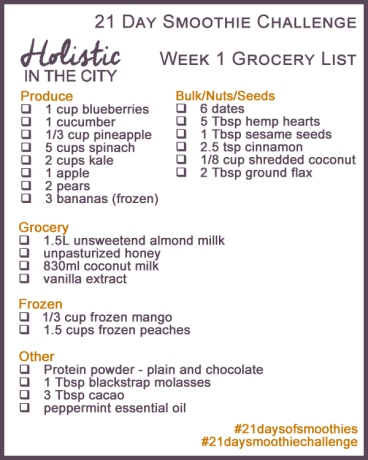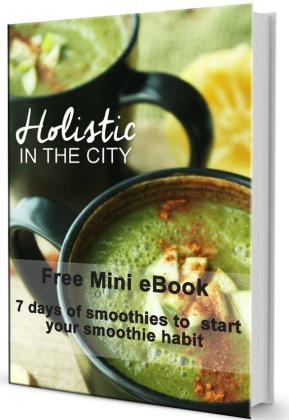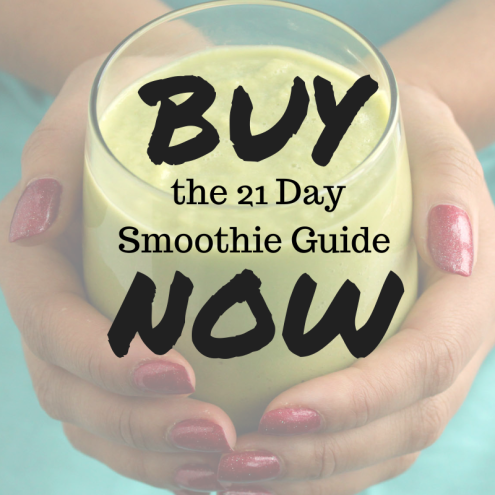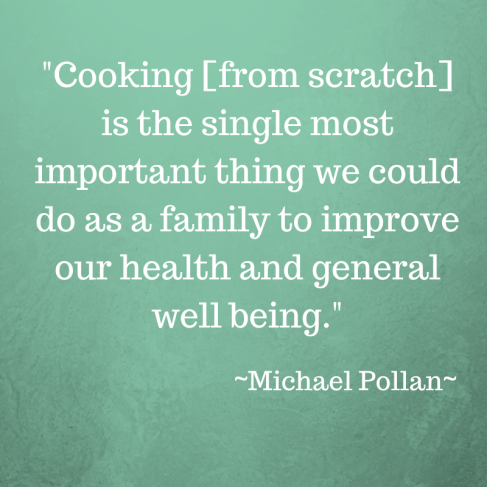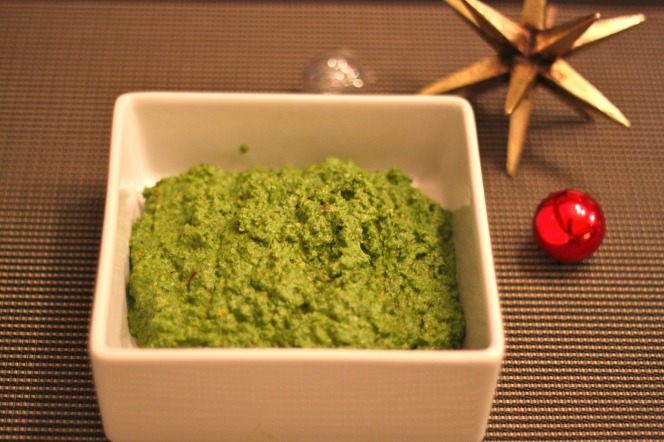
When a child is learning to eat, everything is new. Each food is a new experience – with so many different flavours and textures. It can all be a little overwhelming for babies, especially after eating the exact same thing every day for six months.
Which is exactly why moms and dads will see a few scrunched up noses during the process of introducing solids and many babies simply spit the food right back out at them.
It’s easy to decide after a few attempts that “my baby just doesn’t like broccoli (or carrots or avocado)”. It’s also easy to get frustrated after spending all that time lovingly preparing homemade baby food to then have to throw it in the garbage because your baby won’t eat it. For parents of toddlers, the stress of having a child refuse a food over and over again can result in deciding to only serve foods that the child readily accepts.
Yes, the easy route is to simply serve only things that you know your kids will eat. It may mean cooking a separate meal for them, but for some parents this is preferable to the power struggle of trying to convince their kids to eat vegetables.
Parents, I’m here to tell you that it doesn’t have to be this way! Remember, our focus as parents should be on raising competent eaters who have a healthy relationship with food. By giving up on a whole bunch of foods when are kids are young, we are setting them up to have a pretty limited palate as they grow older.
You may have heard this before, but I really want to you let it soak in:
It can take a child up to 15-20 exposures to a food before they will accept it.
The key here is the word exposure. Exposure does not mean putting steamed broccoli on their plate 20 times and hoping at some point they will just gobble it up. Exposure does not mean forcing them to eat it, hoping at some point they won’t gag. Exposure means exposing them to the flavour of broccoli up to 20 times, with the goal of having them accept it as “normal” when served again in the future. The goal here is not for them to LOVE broccoli, it’s for them not to spit it out or throw it across the room when it is served to them. They may not beg for it at every meal, but when kids see a food/flavour as “normal” they are more likely to continue to try it and in most cases will learn to really like it as they grow older.
So, when it come to exposure, here is the advice I give to parents. You want to continually integrate the food into meals, without always making it the centre of attention. You need to train their tastebuds to accept it and you want them to have a positive association with the food/flavour, which can often be accomplished by pairing it with other foods that they already accept. In short, you need to change it up and get creative!
So because it can take up to 15 exposures before a child will accept a food, I’m giving you 15 creative ways to do this:
#1 – Flavour layering
I talked about this concept in this post, but basically it means enhancing the flavour of the food by pairing it with another complimentary food (but not masking it completely). This works especially well when a baby is eating purees, but for a toddler, this could mean adding sweet potatoes and curry powder to hummus, or serving broccoli with a creamy sauce.
#2 – Pair it with their favourite food
It may end up being a weird combination, but it’s worth a try. Does your child love apples but won’t touch broccoli? A salad with apples and broccoli would be a good way to pair the two together and give them some exposure to the unattractive food.
#3 – Incorporate it into their favourite meal
Simply find a way to add the food to your child’s favourite dish. Tyson’s favourite meals hands down are pasta and oatmeal. I could put any fruit in oatmeal and he would eat. I could put any vegetable in pasta and he would eat it. By incorporating the food into a meal they already love, they may start to see it in a more positive light (or eat a few bites of it as they shovel in the rest of the meal).
#4 – Try different varieties of the same food
This works best for vegetables and fruits because there are often different varieties available. If your child is turning their nose up at regular orange carrots, try purple or yellow ones. Or red plums versus purple plums. The same idea would work for something like quinoa – there is the regular white variety, but also red and black.
#5 – Serve it for breakfast
It sounds strange, but serving the food in a different context can make a huge difference. In my workshops, I advise parents to “ditch the idea of breakfast foods”. There is no need to limit breakfast to oatmeal and eggs as this really restricts our ability to expose kids to a variety of real food. Although, you can make an omelette with just about any vegetable in it.
#6 – Serve it for a snack
The same advice as above holds true for snacks. Snacks should be “mini-meals” so a serving of chicken and broccoli should be just as common at snack time as yogurt and fruit. Also, just about anything can be dipped into a hummus, bean or avocado dip. Just saying!
#7 – It’s all about how you cut it
Sometimes texture/size can play a huge role in a child’s willingness to accept a food. Diced zucchini may not go over well, but shred or spiralize it and they just may try it.
I haven’t talked much about the spiralizer yet, but I plan to talk more about it soon. It’s pretty awesome and Tyson will eat anything once it is cut this way as makes any vegetable look like noodles.
I’m also a huge fan of shredding vegetables in my food processor (most food processors come with a shredding attachment). You can use shredded vegetables to make vegetable fritters, add them to salads, in pasta, on top of pizza or even just serve them on their own.
Sometimes just cutting food into smaller pieces can be helpful so that kids don’t feel so overwhelmed by one bite.
#8 – It’s all about how you cook it
This is where the most variety and creativity comes in. Don’t serve the food the same way each time – change it up! Find a bunch of different recipes that include the food and make a different one each week. Roast it, fry, steam it, grill it – try it all. Serve topped with different sauces or all on it’s own. Eventually your child will like one of these recipes and once they like it one way, they will be open to trying it again in a different recipe.
#9 – Or don’t cook it
Sometimes raw is better than cooked (or just a nice change of pace). Tyson does not like cooked zucchini but will eat it served raw in any form. I’m confident that if he continues to eat it raw, the cooked will come eventually.
#10 – Put it on a sandwich
This is pretty self-explanatory but who doesn’t love a good sandwich? And really, I think anything can go on a sandwich as long as you combine it with the right things. Check out this list from Chatelaine if you are looking for some sandwich inspiration.
#11 – Put it in a soup
Again, pretty self-explanatory but soups are a great way to slip in any sort of food from vegetables, to grains and proteins. Pureeing the soup is a nice way to change the texture of the food. And soups are an excellent vehicle for layering foods with other complementary flavours (see flavour layering above).
#12 – Juices and smoothies
This is easiest with fruits and vegetables but certain proteins and grains are also great smoothie additions. Most kids will drink a smoothie as long as there is enough fruit in it, so let them see you add the food they aren’t accepting (kale, for instance) to a really yummy smoothie. Even if they aren’t tasting the kale (which they probably won’t), it’s the perfect opportunity to help form a positive association with the food. And as you know, I’m a big fan of juices and smoothies because the are a great way to get all sorts of nutrients into kids.
#13 – Make it fun
If you follow me on Facebook, you have probably seen some of the fun food ideas that I’ve posted like these hard boiled egg chickens or this teddy bear toast. Don’t get the wrong idea here – I am not at all artistic, nor am I a healthified Martha Stewart. I’m just a big believer in making mealtime a fun and positive experience, and this means getting silly and creative with food once in a while (I certainly do not have the time to do this every day). Now, keep in mind that the idea is not to convince your child to eat the food. Instead, by having fun with the food, you are again strengthening that positive association. Something as simple as a cookie cutter can really make a difference.
#14 – Put it in a dessert
Obviously this may not be possible to do with every food without making something totally gross, but certain vegetables and other savoury foods can make a great addition to a dessert. For example, avocado chocolate pudding, beet brownies and zucchini bread. Of course a child is much more likely to accept the food in this form, and that is a great start.
#15 – Go back to the recipe they liked the best and try it again
Have you tried all of these techniques and they still won’t accept the food? Don’t give up and keep on introducing it.
Obviously you don’t want to be exposing your child to the food every single day – variety is still key so instead incorporate them over a number of months so that the food becomes a regular part of the rotation.
Two things I want to emphasize:
Firstly, in no way do I encourage “hiding” the food as part of these suggestions. We want the kids to have a positive association with the food. If they think you are trying to sneak it in or trick them into eating it, not only will it strengthen their resolve that this is a a food to be avoided (why else would you be sneaking it in?), but it also means that they won’t trust you (or your meals) in the future.
Secondly, they key to developing food competence in general is no pressure. Your child should not be aware that you are “trying to get them to like broccoli”. You simply continue to serve the food in a variety of different forms, and give them the freedom to decide whether or not they are going to try it. I promise you, the more they see it, the more they will associate it as being “normal” and non-threatening (especially if paired with foods they already like and/or are familiar with). Eventually they will try it and at some point, they may even like it.
Are these strategies going to ease the frustration of cooking food that kids won’t eat? Probably not. They still may not eat it but think of it this way – now you will have leftovers for your lunch the next day! What these strategies will do is ease the pressure around mealtimes and the struggle that can result when trying to force a child to eat something. Just have fun with it – you may come across some fun and interesting recipes in the process.







